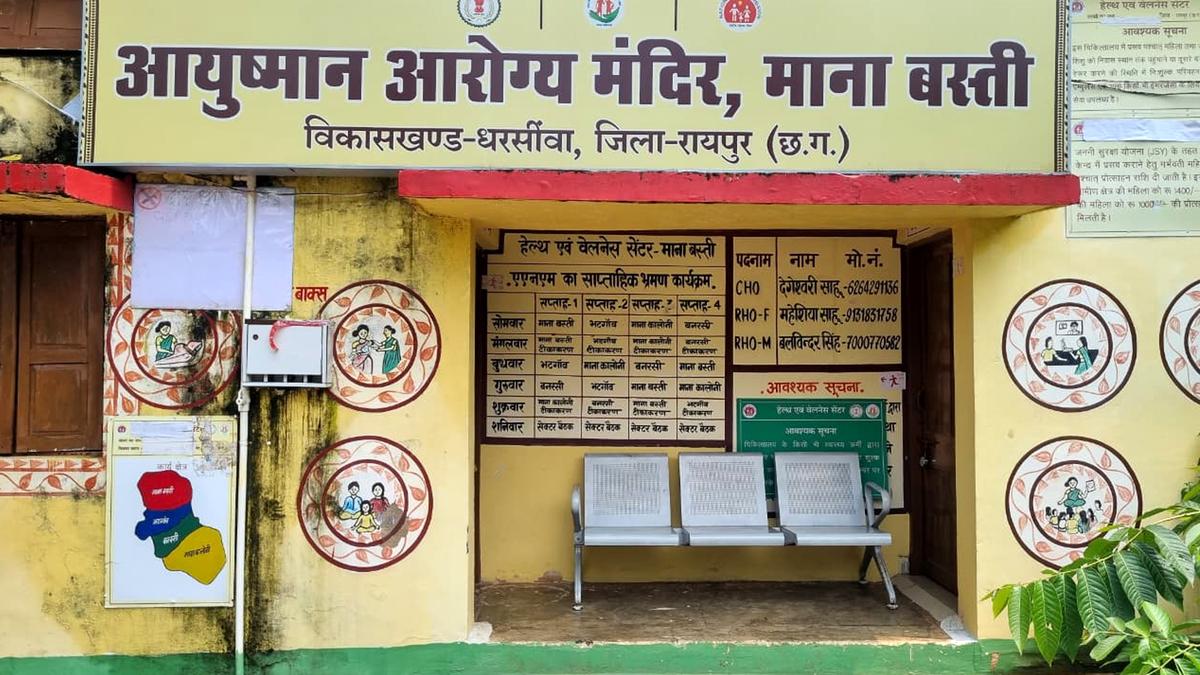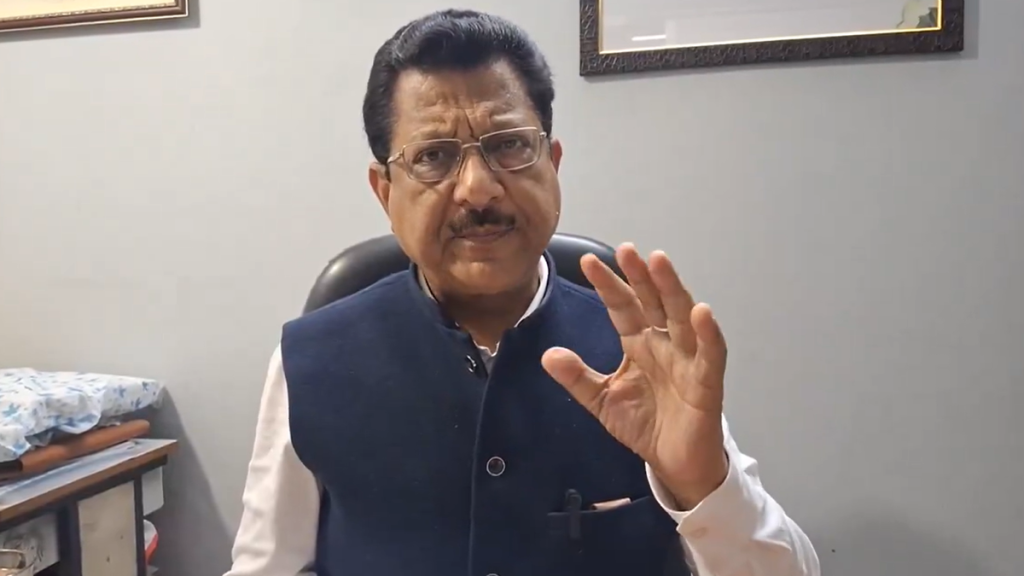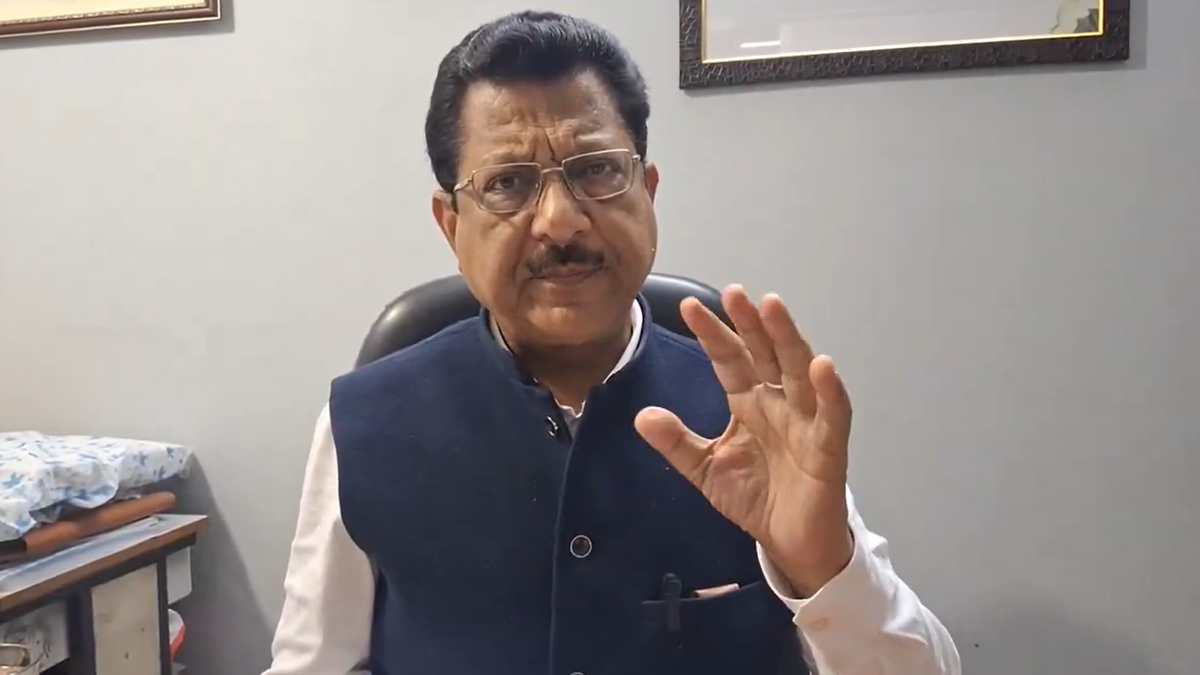Now Reading: Chhattisgarh Health Workers Strike Over Key Demands
-
01
Chhattisgarh Health Workers Strike Over Key Demands
Chhattisgarh Health Workers Strike Over Key Demands

Quick Summary
- Background: NHM workers in Chhattisgarh have been on strike since August 18 over demands such as permanent employment, pay hikes, and improved working conditions.
- Scale of Strike: Over 14,000 contractual healthcare staff are protesting, severely impacting public health services across the State. This includes stalled immunization programs and disrupted patient care at Primary Health Centres (PHCs), Community Health Centres (CHCs), and district hospitals.
- Impact: patients face meaningful challenges:
– Viral fever cases spike with limited medical staff availability.
– Maternal care and specialized treatments like physiotherapy are unavailable.
– Some remote areas lack viable alternatives to public healthcare facilities due to closures caused by the protest.
- Government Response: The State government claims to have fulfilled five of the ten demands, including a small salary hike of 5%.protestors argue these measures are insufficient compared to promises made during election campaigns.
- Protest Tactics & Grievances: Workers cite exploitation under contract-based employment compared with peers in other states. Methods of protest include rallies near district offices and symbolic hunger strikes. Recently, mass resignations were triggered after suspension orders for leaders were issued.
Indian Opinion Analysis
The NHM strike highlights broader systemic issues within India’s public health infrastructure-namely reliance on contractual employees for critical healthcare operations without providing them job security or equitable pay. In states like Chhattisgarh where gaps in private healthcare exist and insurgency affects accessibility in remote regions, disruptions brought about by such strikes amplify vulnerabilities for patients reliant on government services.
While strikes disrupt essential care delivery irrespective of their validity or merit, they also underscore compelling inequalities within India’s workforce management systems: junior-level healthcare workers ofen face disproportionate workloads while receiving comparatively meager benefits relative to full-time employees. For any enduring solution moving forward-and avoiding repeated crises-addressing structural bottlenecks thru policies ensuring fair wages/job parity may be pivotal-not just for Chhattisgarh but as lessons learned nationally.
Read more here: Over 14,000 contractual staffers strike amid rising health disruption
Image Credits: Shubhmoy Sikdar/The Hindu
!Image showing families affected in remote areas

























